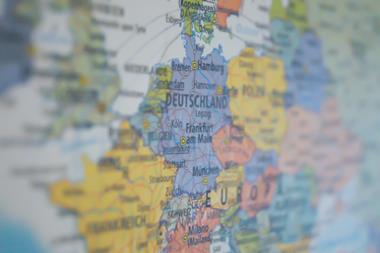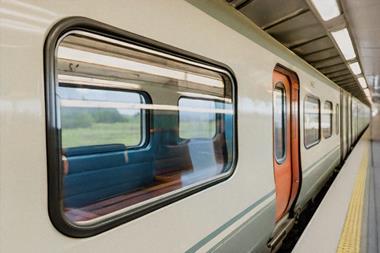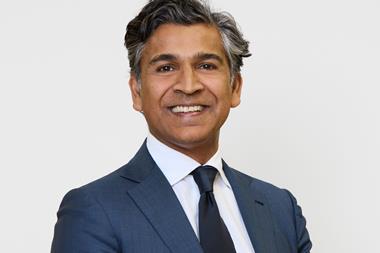GLOBAL - More investment in food production is needed to cope with rising global demand as a result of population growth and rising living standards, according to First State Investments.
Renzo Casarotto, manager of the First State Global Agribusiness fund, said: "The planet's human population is on track to reach 9bn people by 2050, increasing by about a third from today's level.
"According to the Food and Agriculture Organisation, global food production will require investment of about $80bn (€55.2bn) a year over the next 40 years to grow volumes by 70% to meet ongoing demand.
"However, there are considerable supply constraints, with arable land on a per person basis declining, fresh water becoming a scarcer resource and climatic events posing increasing risks to the production of field crops."
In seven of the last eleven years, the world has failed to produce sufficient grain to meet global demand, Casarotto said, while inventories are currently at very low levels.
"The challenge is to produce more food with fewer resources, and this will require better seed, better nutrient application, mechanisation and larger scale farms," he said. "This will need investment."
Casarotto said the amount of land cultivated globally had increased 13% per annum since 1961, while the global population has grown from 3bn to 6.5bn over the same period, equating to a rise of 115%. As a result, the amount of arable land per person has declined.
Casarotto cited China, which has lost 10m acres over the past decade due to urban sprawl and desert encroachment.
In the meantime, he says, China has 21% of the world's population, but only 9% of the globe's arable land.
According to the fund manager, the majority of the acreage expansion has so far come from South America. In Brazil, the area used for crop farming has grown 135% since 1961 and accounts for 4.2% of global agricultural land.
"There are several regions in Brazil, sub-Saharan Africa, Indonesia and Eastern Europe where more land can be brought into production in the future," said Casarotto.
"Brazil has the largest potential for increased arable land. With just over 70m hectares that are currently cultivated, a further 100m hectares out of Brazil's total of 850m hectares could potentially be converted from natural pastures to more intensive cultivated farming.
"This will take time, particularly because of the size of the country and the poor state of some of its infrastructure, but a number of nations seeking security of supply are already looking at Brazil. It is a long-term investment story."














No comments yet